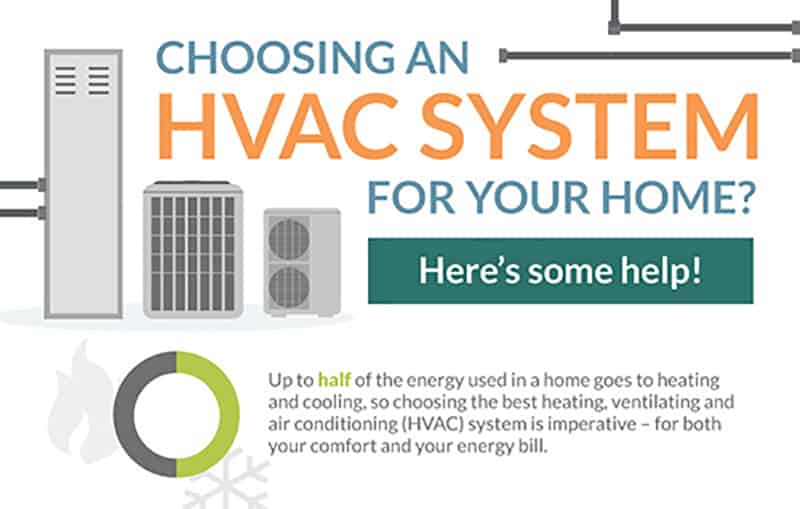The Ultimate Guide To Understanding Heat Pumps - Just How Do They Work?
The Ultimate Guide To Understanding Heat Pumps - Just How Do They Work?
Blog Article
Team Author-Forrest Bland
The very best heat pumps can save you considerable amounts of money on power expenses. They can also help reduce greenhouse gas exhausts, especially if you use power in place of nonrenewable fuel sources like lp and heating oil or electric-resistance heating systems.
Heatpump work very much the same as a/c do. This makes them a feasible choice to standard electrical home heating unit.
Exactly how They Function
Heat pumps cool homes in the summer and, with a little aid from electrical power or natural gas, they give several of your home's home heating in the winter months. They're a great alternative for people who intend to minimize their use of nonrenewable fuel sources yet aren't all set to replace their existing heating system and a/c system.
They rely on the physical reality that also in air that seems also cold, there's still energy present: warm air is always moving, and it wants to relocate right into cooler, lower-pressure settings like your home.
The majority of power STAR accredited heat pumps operate at close to their heating or cooling ability throughout the majority of the year, lessening on/off biking and saving power. For the very best efficiency, concentrate on systems with a high SEER and HSPF rating.
The Compressor
The heart of the heat pump is the compressor, which is also known as an air compressor. This mechanical flowing device uses potential energy from power development to boost the stress of a gas by reducing its volume. It is various from a pump in that it just deals with gases and can't work with liquids, as pumps do.
Atmospheric air gets in the compressor with an inlet shutoff. It travels around vane-mounted arms with self-adjusting size that divide the interior of the compressor, creating multiple dental caries of differing size. The rotor's spin pressures these cavities to move in and out of stage with each other, pressing the air.
The compressor attracts the low-temperature, high-pressure cooling agent vapor from the evaporator and compresses it into the hot, pressurized state of a gas. This procedure is repeated as required to provide home heating or cooling as needed. The compressor likewise has a desuperheater coil that reuses the waste warmth and adds superheat to the refrigerant, altering it from its liquid to vapor state.
The Evaporator
The evaporator in heat pumps does the same thing as it does in fridges and ac system, altering fluid cooling agent into an aeriform vapor that eliminates warmth from the space. Heatpump systems would certainly not work without this important piece of equipment.
This part of the system lies inside your home or structure in an indoor air handler, which can be either a ducted or ductless unit. see more contains an evaporator coil and the compressor that compresses the low-pressure vapor from the evaporator to high pressure gas.
Heat pumps absorb ambient warm from the air, and afterwards utilize electricity to move that warm to a home or company in heating mode. That makes them a whole lot extra energy efficient than electrical heating units or heating systems, and since they're utilizing tidy power from the grid (and not melting fuel), they additionally generate far fewer exhausts. https://felixfoeat.is-blog.com/35636483/heat-pump-vs-heater-which-is-the-better-heating-choice-for-your-home 's why heatpump are such great environmental options. (Not to mention heat pump brands nz that they're ending up being so prominent.).
The Thermostat.
Heat pumps are wonderful choices for homes in cool environments, and you can use them in combination with typical duct-based systems and even go ductless. They're a wonderful different to fossil fuel furnace or standard electric furnaces, and they're extra sustainable than oil, gas or nuclear HVAC devices.
Your thermostat is one of the most important element of your heat pump system, and it functions really in a different way than a traditional thermostat. All mechanical thermostats (all non-electronic ones) job by utilizing substances that change size with raising temperature level, like curled bimetallic strips or the broadening wax in an automobile radiator shutoff.
These strips contain two different types of steel, and they're bolted together to create a bridge that finishes an electrical circuit connected to your heating and cooling system. As the strip gets warmer, one side of the bridge expands faster than the other, which causes it to bend and signal that the heating system is required. When the heatpump is in heating mode, the turning around valve reverses the circulation of cooling agent, to make sure that the outside coil currently works as an evaporator and the interior cylinder ends up being a condenser.